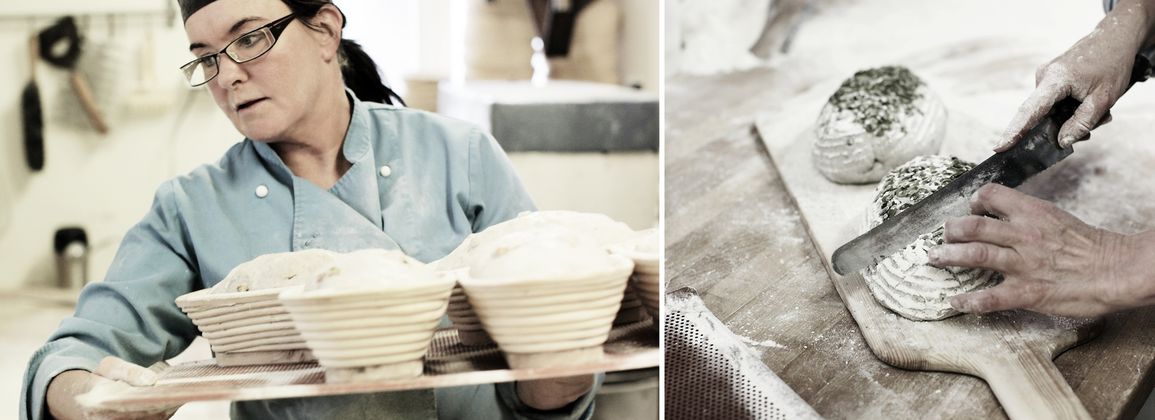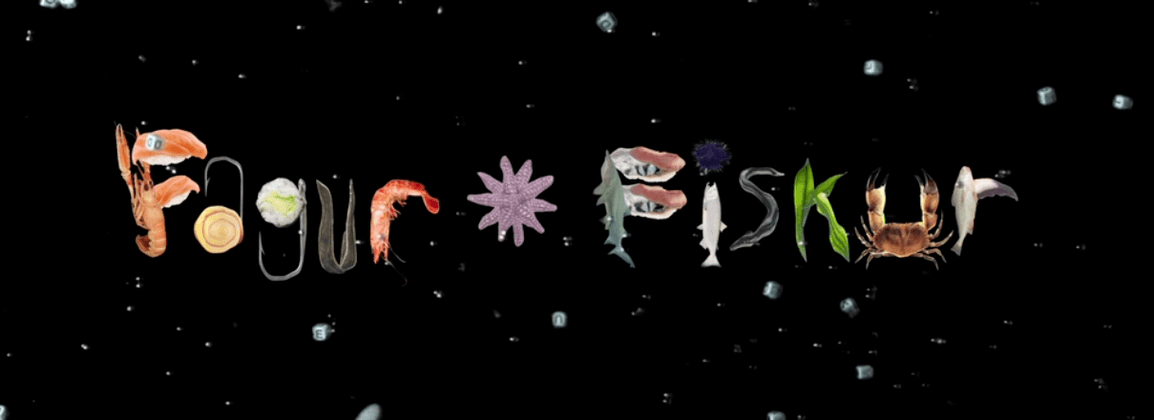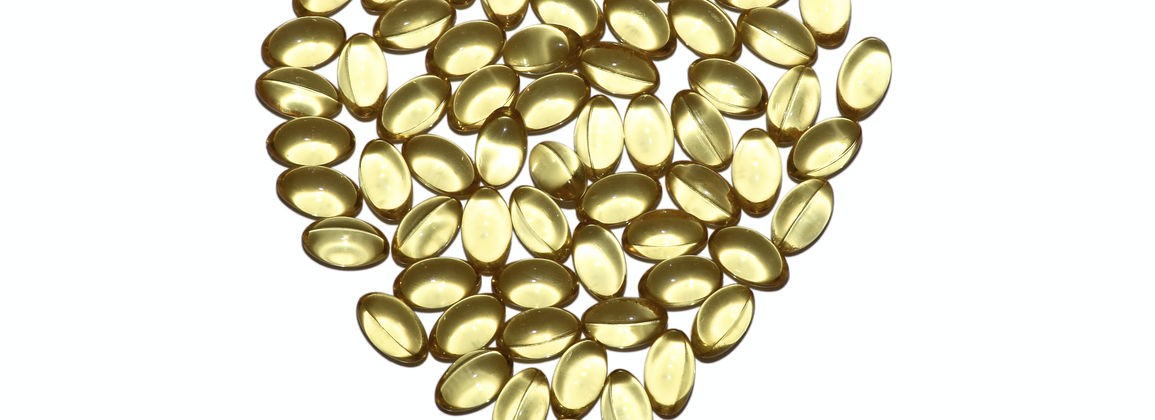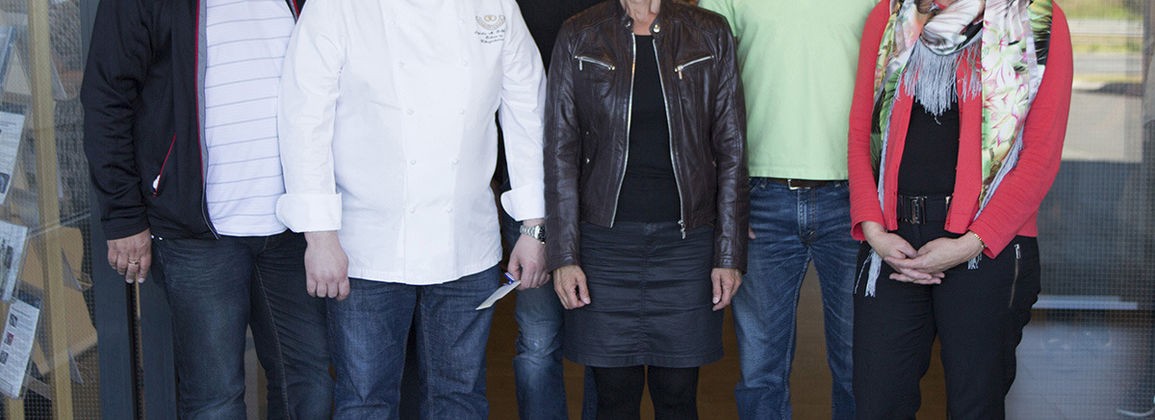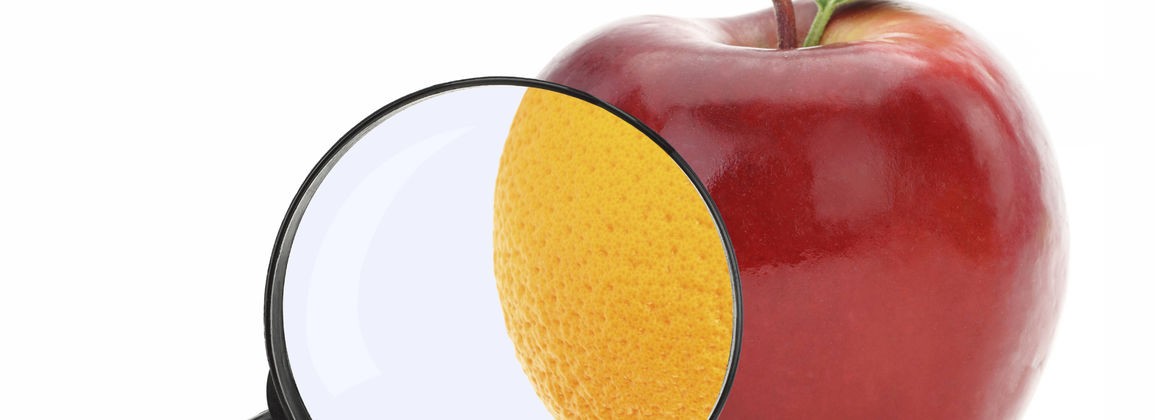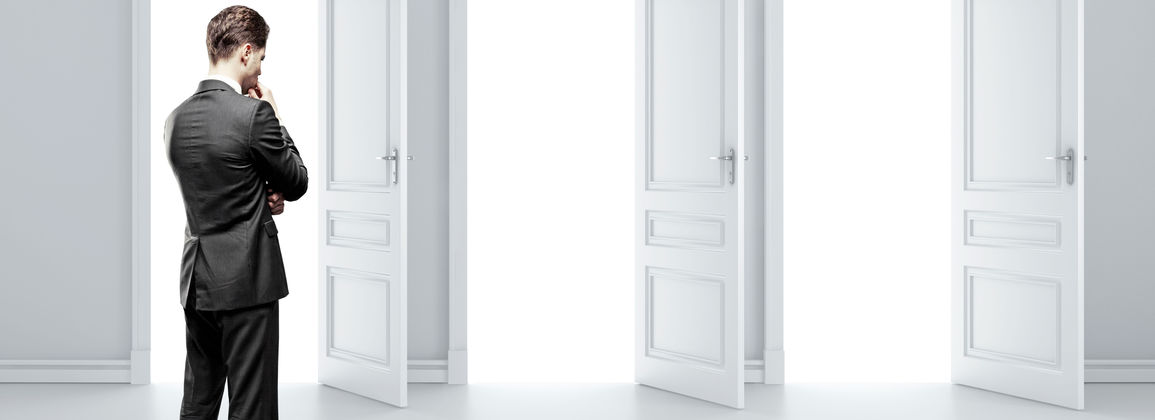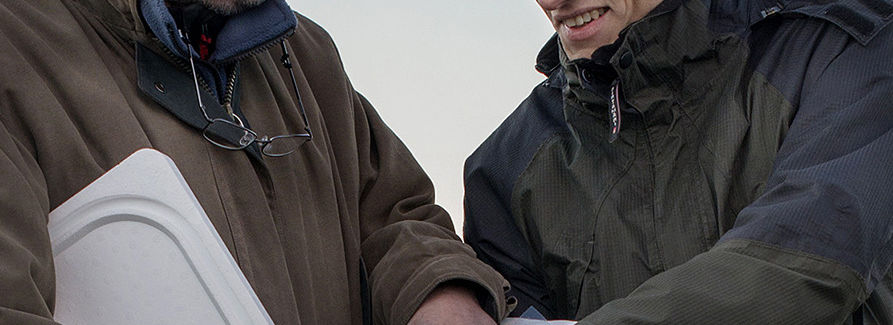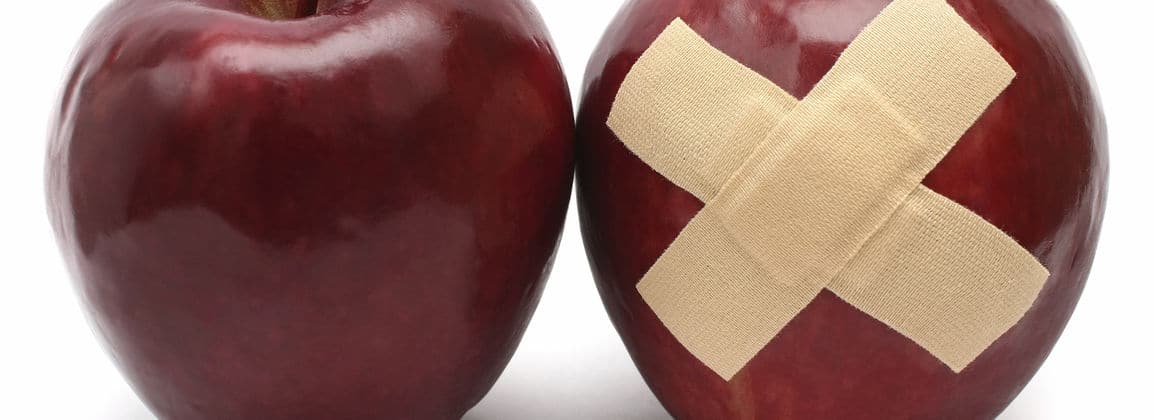Matís' research has shown that well-insulated packaging can be crucial for temperature control in the transport of fresh fish products and thereby maximizing product quality. With this in mind, most Icelandic exporters of fresh whitefish products have used foam boxes for both air transport and sea transport in containers.
In container transport, ice is often placed on top of fillets in foam boxes with boys' holes, which serve the purpose of preventing the fish from lying in liquid in the box. In air transport, frozen cooling mats are used rather than ice for cooling in whole (unpaved) boxes, as many airlines do not allow the use of ice in fresh fish packages.
The main purpose of the experiment, which took place in June 2013, was to compare the above two packaging solutions, i.e. container box with holes on the one hand and unpaved fly box with moisture mat, with regard to quality deterioration of cod neck pieces for export and distribution.
Cold storage of products packed (1) in 5-kg units in (H1) ship or (H2) air boxes was compared; (2) in 3-kg units in (H3) airbags compared to H2; (3) with CO2 mats (H4) to reduce microbial growth in 5-kg units stored under 93% vacuum in EPS boxes. In all groups, about 400 g of ice was placed on top of the fish and a moisture mat with a 600 mL moisture absorption under the fish. It was interesting to note that the lifespan of products in the container boxes (H1) was estimated to be half to a full day shorter than the lifespan of the other groups. The freshness was greatest and the longest life of H4, which compares with slower TVB-N / TMA formation and microbial growth due to CO2 formation and lower product temperature. There was no significant difference between the groups in terms of TVB-N and TMA values, which were highest in H1 and H3.
The main results of the experiment can be seen in the attached table and a summary can be found here: www.matis.is/media/matis/utgafa/21-13-Skyrsluagrip.pdf.
The main result of the experiment is that the quality of cod neck pieces is no better maintained in perforated container boxes than unpaved fly boxes with a moisture mat to absorb melted ice and drip from the fish flesh. Another advantage of airbags is that they better insulate the sensitive refrigeration product from ambient temperature stress, even though it has not been tested in this experiment.
For further information, please contact Eyjólfur Reynisson (eyjolfur@matis.is) and Björn Margeirsson (bjorn.margeirsson@promens.com).


